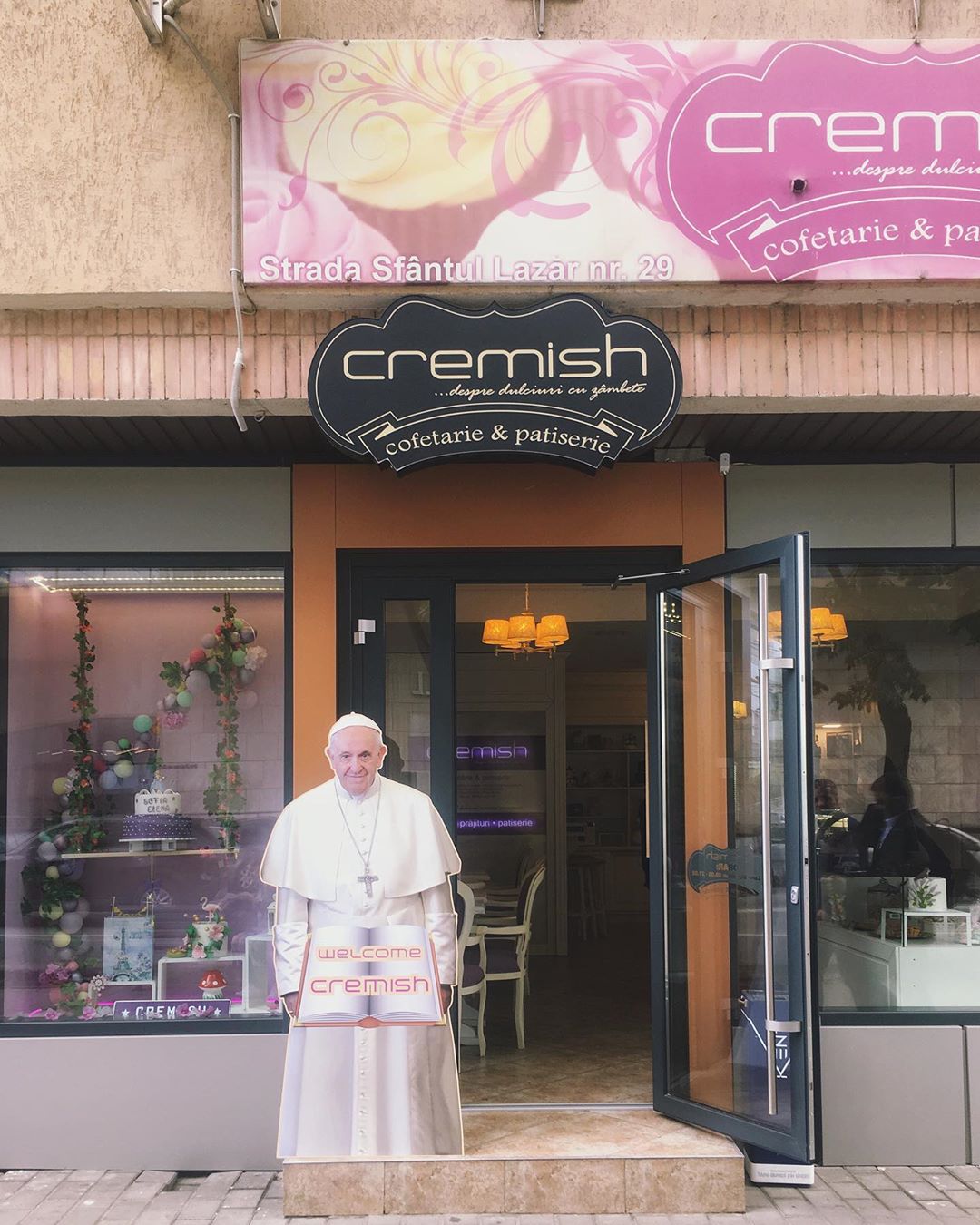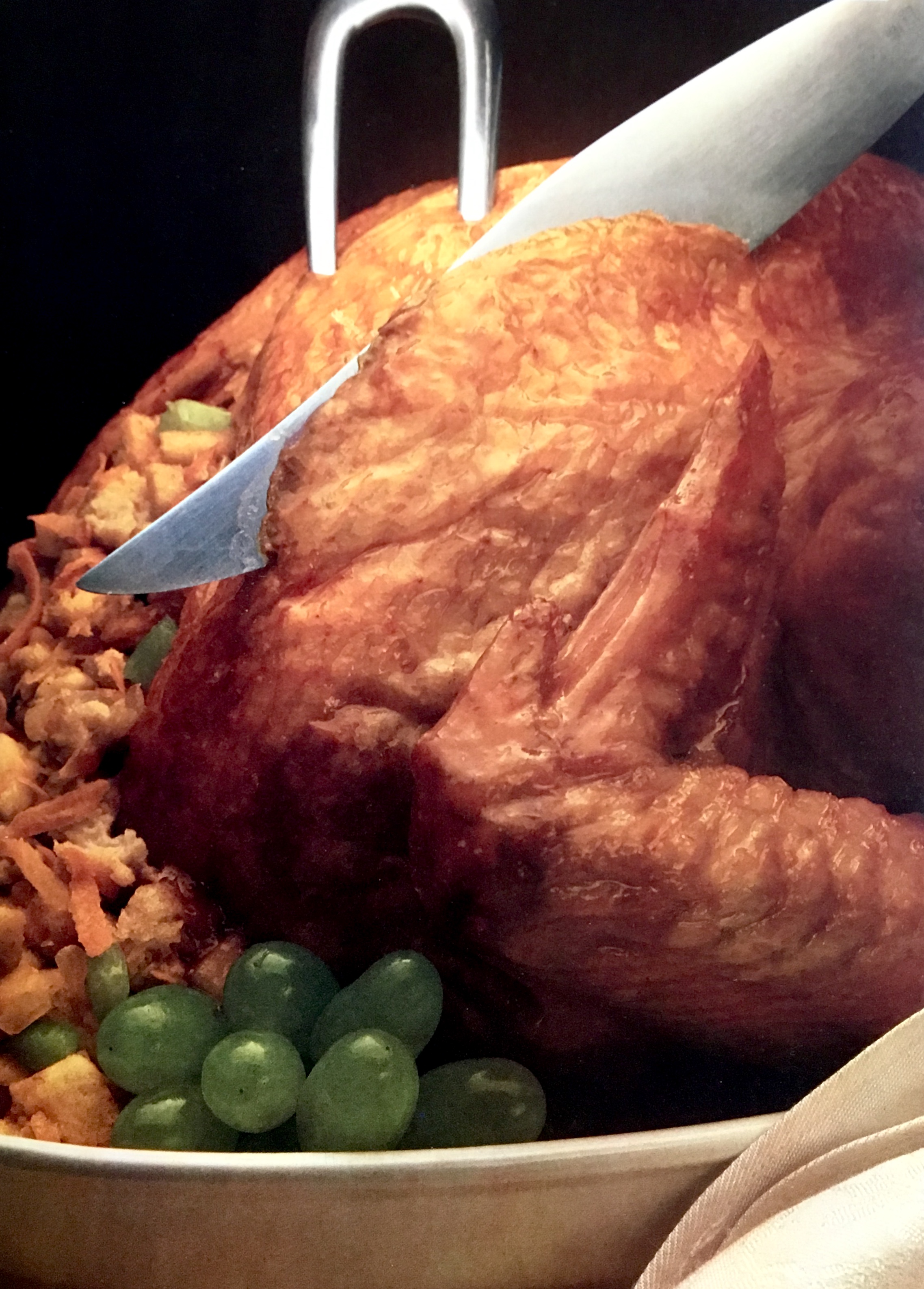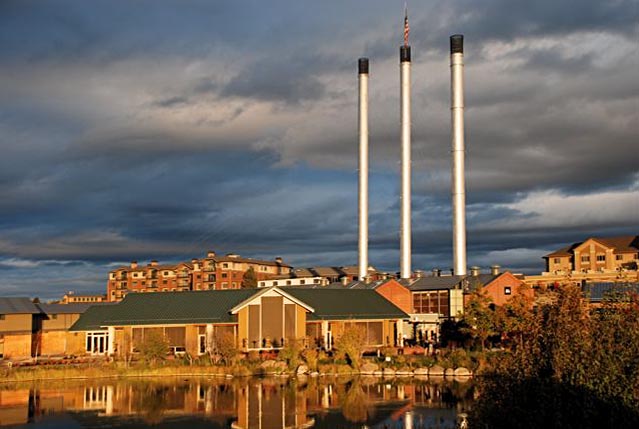Home is Iași, Romania’s second largest city. Once war-time capital, now it is the country’s full-time cultural and historical capital, a crown as heavy with pride and melancholy as one can imagine. It was Wednesday, May 22, and Iasi’s lindens, dead poets, old books, and hot pretzels seemed outnumbered by electoral banners. It was also Wednesday May 22, four days before the European Parliament elections.
Sunday May 26 the ruling Social Democrats (PSD) lost massively in the elections; in the past years, the PSD had systematically orchestrated repeat attacks on the rule of law in Romania sparking mass protests. Monday evening, the whole country watched the back of the black Dacia driving towards Rahova Penitentiary. Inside was Liviu Dragnea, the leader of the PSD, who only a few hours back had been convicted to 3.6 years in prison for abuse of power. If you followed the headlines, you would think in between my arrival and the Pope’s the world ended and began again.
After tearing down the Romanian political order, on Tuesday the electoral banners were themselves torn down giving way to billboards announcing Pope Francisc’s visit to Iași. It was to be on Saturday June 1st, Children’s Day, the second day of the Pope’s trip to Romania aiming to promote solidarity, tolerance, and togetherness, and simmer down remaining tensions between Romania’s majority Orthodox Church and its Catholic community, in the aftermath of Communist persecution of Catholics. But above all, it seemed as if Papa, as the Romanians call him, simply wanted to chat with families and children.
“Să mergem împreună” – Let us walk together, crimson letters on the billboards read, framed by a drawing of young people flowing from an open-armed Virgin Mary and an olive branch. Unlike the electoral banners, the billboards were barely noticeable, scattered across town in central squares and at the occasional street-crossing. But to dismiss this as an absence would be to miss the point. Prior to his arrival Papa was everywhere in Iași.
A wide alley unfolds like a stone red carpet in the park of the grand National Theatre. On its benches lies Iași’s miniature Montmartre – canvases of excited yet somewhat uncertain talent depicting cities at night, villages in the afternoon, still lives, rural lives, trees. And, of course, portrait sketches of Che Guevara, anonymous toddlers, Ceaușescu, and Simona Halep. As I pass by it is in this company that I first encounter Papa – twice, as there are both a content Papa and a pensive Papa to be encountered. In another part of town, a smiling life-sized cardboard Papa stands on the sidewalk welcoming me to a pastel-hued patisserie. Having seen one is certainly not having seen them all.
Meanwhile Papa’s travels, fondness for football, and conversations with journalists, rabbis, and historians are dutifully displayed in all but one bookstore windows. Alongside them are seemingly entire Religious Studies sections featuring the Bible, works on Mother Theresa, Dalai Lama, Desmond Tutu, Jerusalem, Buddah, books claiming to expose Vatican mysteries and controversies regarding the lives of Saints, the Da Vinci Code, and Eat, Pray, Love. This definition of religion is rather unconventional, but, then again, so is the occasion. It is not everyday that Iași is welcoming a Pope, and certainly not everyday that that Pope has the grandfatherly smile and childlike charm of Pope Francis.
Saturday June 1st began with thunderstorms. If standing at the other end of the Ștefan cel Mare (Stephen the Great) Boulevard one could hardly trace the Palace of Culture, its gloriously neat front lawn, and the open air, rock concert-like stage assembled to welcome the Pope. Yet if standing at the other end of the Ștefan cel mare Boulevard once could perhaps recall that, just a few weeks ago, that lawn used to house some glorious trees under or on top of which one had spent one’s glorious early childhood days, trees which were had recently been cut without any public consultation or notice. Hence the gloriously neat lawn. One could perhaps also recall a similar incident, a few years back, when the Ștefan cel Mare lindens were also cut without any public consultation or notice, making the lindens a symbol of resistance and a memento of local government slyness. Still, the rain was pouring so hard that Saturday, that it was hard to imagine anyone standing on either side of the Ștefan cel Mare boulevard.
Yet people did. About 100.000 of them. Young and old, not one by one but in small groups, they made their way through the unusual stillness of the city centre and its emptied streets on Saturday afternoon. Most wore yellow caps, especially provided for the Pope’s visit, and resembled a moving field of dandelions. Behind them the sky cleared and the sun rose like a kite.



